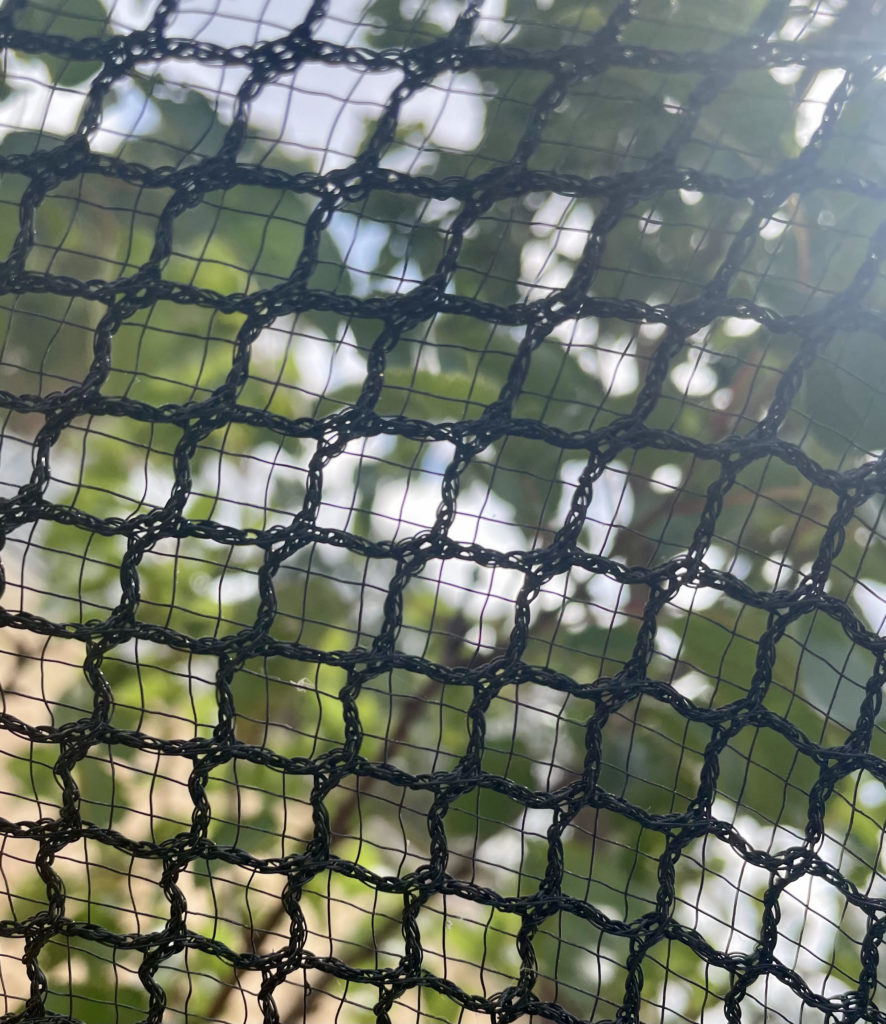April 12, 2023
As a grower in Australia, you know all too well the devastating impact that hailstorms can have on your crops. Every year, hailstorms cause millions of dollars in damage to crops across the country, resulting in lower yields, lost income, and even complete crop failure. In fact, hail is responsible for an estimated $30 million in damage to crops annually in Australia. The most hail-prone areas in the country are southeast Queensland, northeast New South Wales, and Northern and Eastern Victoria, where hailstorms are common during the summer months.
In recent years, hailstorms have become increasingly common and severe due to climate change, making it more crucial than ever for growers to protect their crops from hail damage. Even crops that appear to have survived a hailstorm can experience delayed ripening, reduced quality, and decreased market value due to physical damage and bruising caused by hailstones. Hail damage to crops can result in yield losses of up to 100% in some cases, particularly for crops like stone fruit, berries, and grapes.
Fortunately, there is a solution that can help growers mitigate the impact of hailstorms and protect their crops: hail nets. In this article, we’ll explore how hail nets work, the benefits they offer, and how they can help growers ensure their crops stay healthy and productive, even in the face of extreme weather conditions. By the end of this article, you’ll understand why hail nets are an essential investment for any grower who wants to safeguard their crops and livelihood against the destructive force of hail.
Features of the Product
Hail nets are designed to protect crops from the damaging impact of hailstorms. Here are some of the key features of hail nets and how they work:
1. Material: Hail nets are typically made from a high-density polyethylene (HDPE) material, which is a lightweight, durable, and UV-stabilized material that can withstand extreme weather conditions.
2. Mesh Size: The mesh size of hail nets can vary depending on the crop being grown and the size of the hailstones in the area. Generally, smaller mesh sizes are used in areas with smaller hailstones to provide greater protection for the crops.
3. Installation: Hail nets are installed using support structures such as posts, cables, or wires. The nets are usually stretched tightly over the crops to ensure maximum protection.
4. Ventilation: Hail nets are designed to allow for proper ventilation and light transmission, which helps to maintain a healthy growing environment for the crops.
One unique feature of hail nets is that they can be customized to fit the specific needs of the grower and their crops. For example, the mesh size can be adjusted to provide greater protection for more vulnerable crops or to account for larger hailstones in the area. The support structures can also be tailored to fit the layout of the grower’s fields or orchards.
The benefits of these features are clear. By using hail nets, growers can protect their crops from hail damage and ensure a more consistent and reliable yield. For example, a vineyard owner who installs hail nets can protect their grape vines from hailstones and avoid losing an entire season’s crop due to hail damage. Similarly, an orchard grower who uses hail nets can protect their fruit trees from hail damage and ensure a more consistent supply of high-quality fruit for their customers. Overall, the key features of hail nets make them a valuable investment for any grower looking to protect their crops and increase their profitability.

Hail Net Benefits
Hail nets offer a range of benefits for growers, both in general and in specific scenarios. Here are some of the key benefits of using hail nets:
In addition to these general benefits, hail nets can also provide specific benefits for different types of crops and growing scenarios. For example, vineyard owners can use hail nets to protect their grape vines from hail damage, which can help to ensure a more consistent and reliable supply of grapes for winemaking. Similarly, orchard growers can use hail nets to protect their fruit trees from hail damage, which can lead to higher quality fruit and increased profitability.
While hail nets offer many benefits, there are some potential drawbacks and limitations to consider. For example, hail nets can be expensive to install, and they may not be suitable for all types of crops or growing scenarios. However, for many growers, the benefits of using hail nets far outweigh the costs and limitations.
Overall, hail nets are a valuable investment for any grower looking to protect their crops from hail damage and increase their profitability. By providing protection against hail damage, improving crop quality and yield, and reducing pest infestations, hail nets offer a range of benefits that can help growers succeed in even the most challenging growing environments.